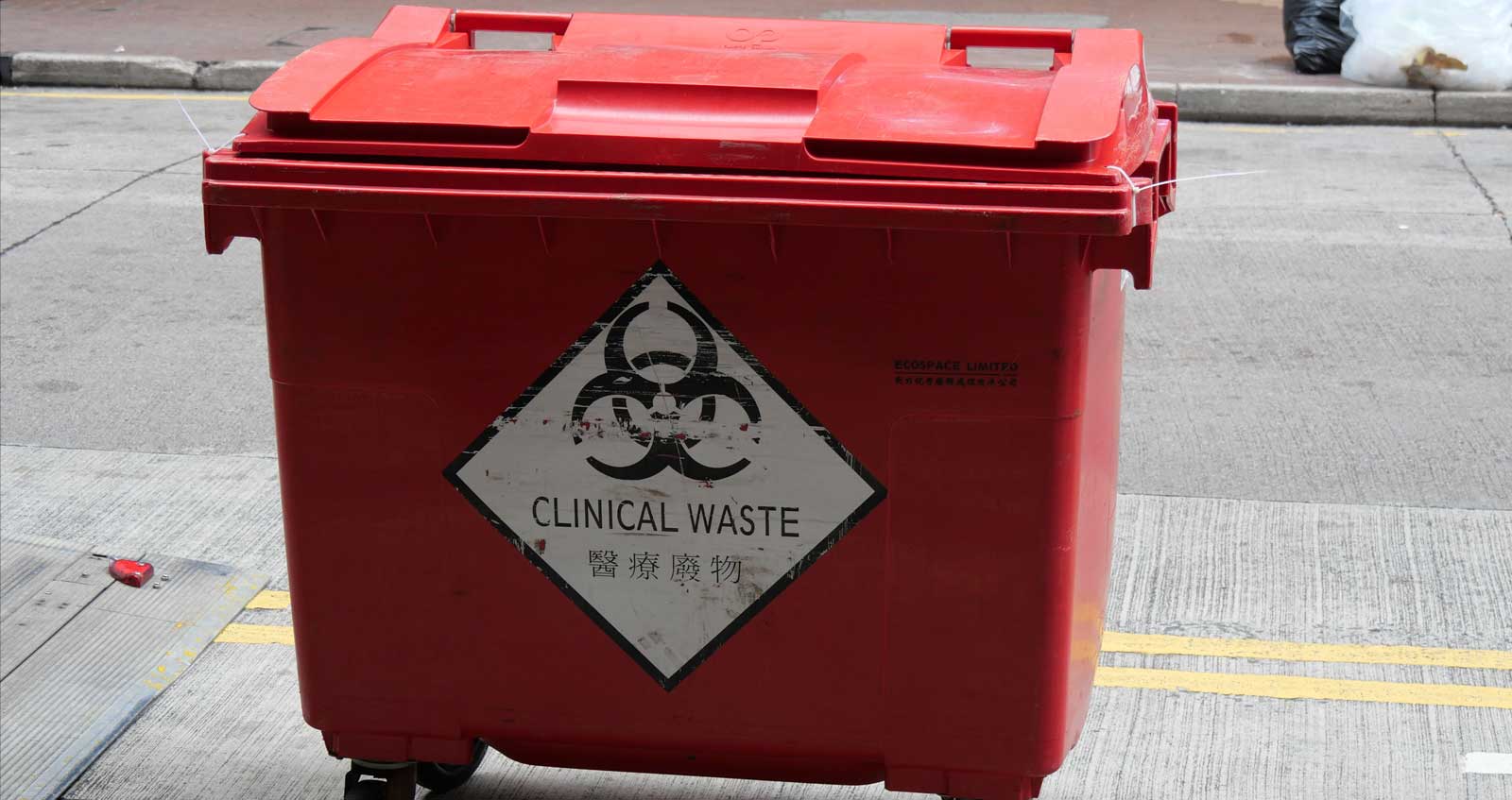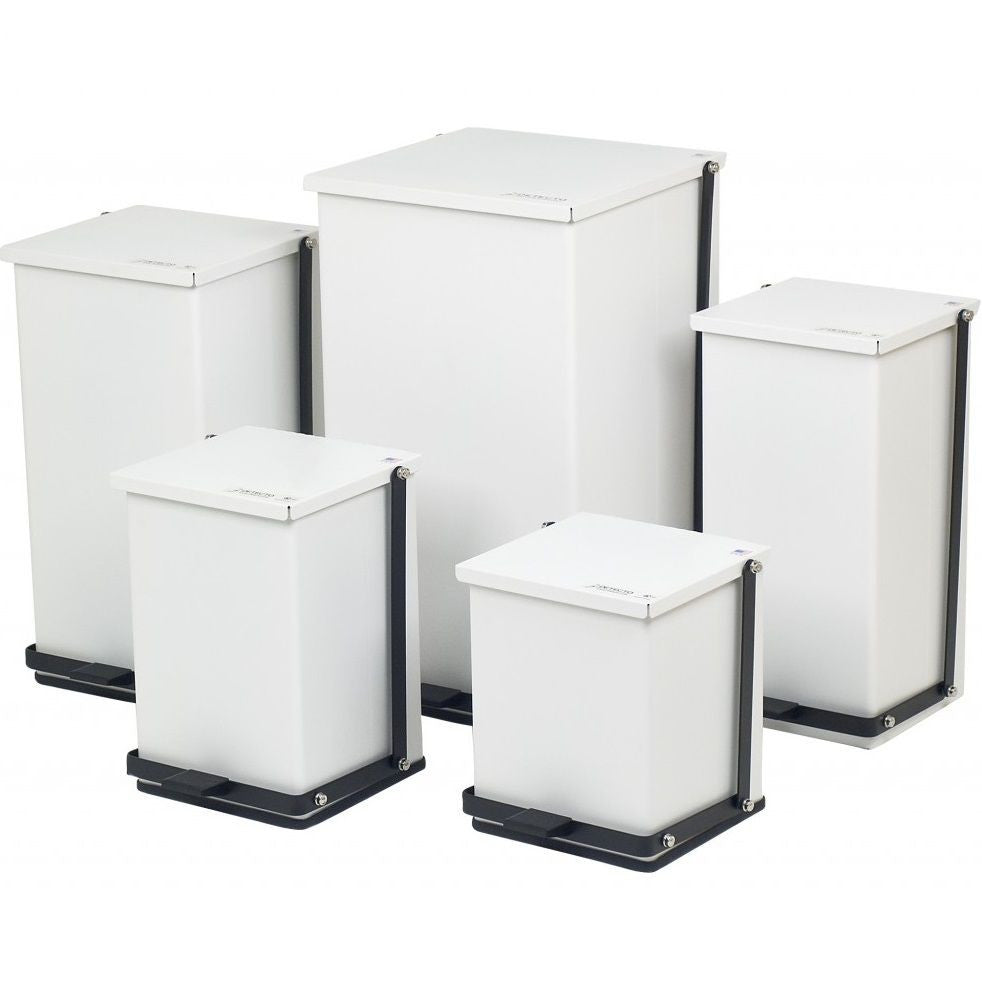Past Cleaning: Ensuring Safety with Professional Medical Waste Removal
Past Cleaning: Ensuring Safety with Professional Medical Waste Removal
Blog Article
Minimize Costs and Take Full Advantage Of Safety And Security: Effective Medical Garbage Disposal Approaches
Reliable clinical garbage disposal strategies are important for health care facilities to minimize costs and make the most of security. With the growing concern for ecological sustainability and the raising variety of guidelines surrounding waste management, it is vital for health care organizations to take on compliant and reliable methods. By implementing correct partition and categorization, reliable product packaging and labeling, safe transport and handling, efficient treatment and disposal methods, and conformity with governing guidelines, medical care facilities can ensure the secure and accountable administration of medical waste. In this conversation, we will check out each of these techniques thoroughly, supplying understandings and sensible suggestions for medical care professionals to maximize their waste disposal procedures.

Appropriate Partition and Categorization
Appropriate partition and classification are crucial parts of effective medical waste disposal approaches, ensuring the safety of health care employees, the general public, and the atmosphere - medical waste removal service. medical waste disposal services with WasteX. By separating different kinds of clinical waste at the point of generation, healthcare centers can lessen the danger of cross-contamination and potential injury to communities and individuals
Among the essential consider appropriate segregation is the recognition and classification of clinical waste. This includes categorizing waste right into different teams, such as transmittable, dangerous, contaminated, or pharmaceutical waste. Each classification requires specific handling, storage space, and disposal techniques to prevent any kind of negative effects on human wellness and the environment.
In addition, appropriate partition likewise consists of using color-coded tags and containers to clearly recognize and distinguish the numerous types of clinical waste. This helps health care workers and waste monitoring personnel to quickly identify and deal with the waste suitably. Red containers might be utilized for infectious waste, while yellow containers might be marked for unsafe waste.
Along with segregation, proper categorization additionally involves the proper product packaging and control of clinical waste. This ensures that waste is safely saved and transferred without presenting any kind of dangers to individuals or the setting. Making use of leak-proof and puncture-resistant containers, in addition to effectively securing and labeling them, helps to avoid any kind of accidental exposure or release of dangerous compounds.
Effective Product Packaging and Labeling
Effective product packaging and labeling play an essential role in ensuring the safe and effective disposal of medical waste. Correct packaging is vital to protect against leak, damage, or splilling throughout transport and handling. It assists to reduce the threat of contamination and shields medical care employees, waste monitoring workers, and the atmosphere from prospective risks.
Medical waste should be packaged in durable and leak-proof containers that are immune to pierce and breakage. These containers should be properly secured to avoid any type of leakage. Additionally, the product packaging must have the ability to endure the conditions of transport, including temperature variants and misuse.
Identifying is equally vital as it supplies critical details regarding the components of the waste and any type of potential threats connected with it. The labels must include the name of the healthcare center, the sort of waste, and any type of special delivery guidelines. Standard and clear labeling makes sure that waste management employees can quickly recognize and handle the waste suitably.
Effective product packaging and labeling likewise help in the appropriate partition and categorization of clinical waste. Clear labeling permits very easy recognition of different waste streams, such as transmittable waste, sharps, or pharmaceutical waste. This aids in improving the disposal procedure and guaranteeing that the waste is dealt with or thrown away based on governing guidelines.
Safe Transportation and Handling
Making certain the safe transport and handling of clinical waste is of utmost significance in order to protect against any prospective wellness and environmental dangers. Clinical waste, such as sharps, contaminated materials, and pharmaceutical waste, need to be effectively packaged and dealt with to lessen the danger of direct exposure to hazardous materials and virus.
Transferring clinical site waste calls for conformity with strict policies and guidelines set by neighborhood authorities and ecological agencies. These regulations intend to shield the health and wellness and safety and security of workers entailed in waste administration and protect against the release of harmful materials right into the atmosphere.
To ensure risk-free transportation, medical waste needs to be put in leak-proof and puncture-resistant containers that are appropriately secured and identified. These containers must be safeguarded in a manner that avoids spills or damage throughout transportation (medical waste removal services). Furthermore, it is vital to make use of customized lorries equipped with appropriate safety attributes to transport clinical waste. These lorries must have appropriate ventilation and be developed to avoid leakage or contamination.
Taking care of medical waste likewise calls for proper training and adherence to security methods. Personnel associated with the handling of medical waste ought to put on appropriate personal safety tools (PPE) such as gloves, dress, and masks to reduce the danger of exposure. They must additionally follow strict hygiene methods to protect against the spread of infections and ensure the safe disposal of waste.
Efficient Therapy and Disposal Methods
Carrying out ideal therapy and disposal approaches is crucial in managing medical waste efficiently and lessening prospective wellness and ecological risks. Medical waste, that includes sharps, infectious materials, chemicals, and pharmaceuticals, can present substantial dangers otherwise handled and gotten rid of appropriately. There are a number of treatment and disposal methods available that comply with regulatory guidelines and advertise secure techniques.
One usual method is incineration, which involves shedding the waste at heats. Incineration is reliable in damaging pathogens and lowering the volume of waste, but it can release dangerous toxins right into the air otherwise effectively controlled. For that reason, it is essential to make use of modern incinerators equipped with emission control technologies.
An additional approach is autoclaving, which makes use of vapor and stress to disinfect the waste. Autoclaving works in eliminating microorganisms and decreasing the volume of waste, yet it requires mindful surveillance and maintenance to make certain correct performance. The disinfected waste can then be safely disposed of in a landfill.
Chemical treatment is one more choice, which includes making use of anti-bacterials or other chemicals to reduce the effects of microorganisms. This method is typically used for liquid waste, such as lab specimens. It is important to make use of ideal chemicals and comply with correct treatments to make sure reliable treatment and prevent ecological contamination.

Conformity With Regulatory Guidelines
Complying with regulatory guidelines is essential in making sure proper conformity with clinical garbage disposal methods. These standards are implemented to protect public wellness, prevent ecological contamination, and keep workplace safety and security. Compliance with regulative standards is important for health care facilities, as non-compliance can lead to charges, penalties, and reputational damage.
Regulatory standards outline the appropriate handling, storage space, transport, and disposal of clinical waste. They offer particular directions on packaging needs, labeling, and record-keeping. These guidelines also deal with the segregation of various waste streams, such as sharps, infectious waste, and pharmaceutical waste. Medical care facilities need see this site to make sure that their waste management techniques straighten with these standards to decrease the threat of direct exposure to hazardous materials and next stop the spread of infections.
To maintain compliance, medical care facilities should develop comprehensive waste administration programs that consist of personnel training, routine audits, and recurring monitoring. It is necessary to maintain updated with any type of updates or changes to regulatory guidelines, as practices might develop with time. By remaining educated and carrying out correct methods, medical care centers can decrease the potential for regulatory offenses and shield the wellness and security of their personnel, individuals, and the surrounding community.
Verdict
To conclude, executing effective clinical garbage disposal techniques is essential for minimizing prices and taking full advantage of security. Proper partition and categorization, reliable packaging and labeling, safe transport and handling, and effective therapy and disposal approaches are necessary steps to make certain compliance with governing guidelines. medical waste removal service. By sticking to these methods, healthcare facilities can shield the setting and public health and wellness while also minimizing financial problems connected with medical waste monitoring
By executing correct segregation and categorization, reliable packaging and labeling, secure transportation and handling, efficient therapy and disposal methods, and compliance with governing guidelines, health care centers can ensure the accountable and safe management of clinical waste. Red containers might be used for infectious waste, while yellow containers may be marked for hazardous waste.
Clear and standardized labeling makes certain that waste management employees can conveniently determine and take care of the waste properly. (medical waste disposal services with WasteX)
Clear labeling allows for simple identification of various waste streams, such as transmittable waste, sharps, or pharmaceutical waste. These guidelines additionally resolve the partition of various waste streams, such as sharps, transmittable waste, and pharmaceutical waste.
Report this page